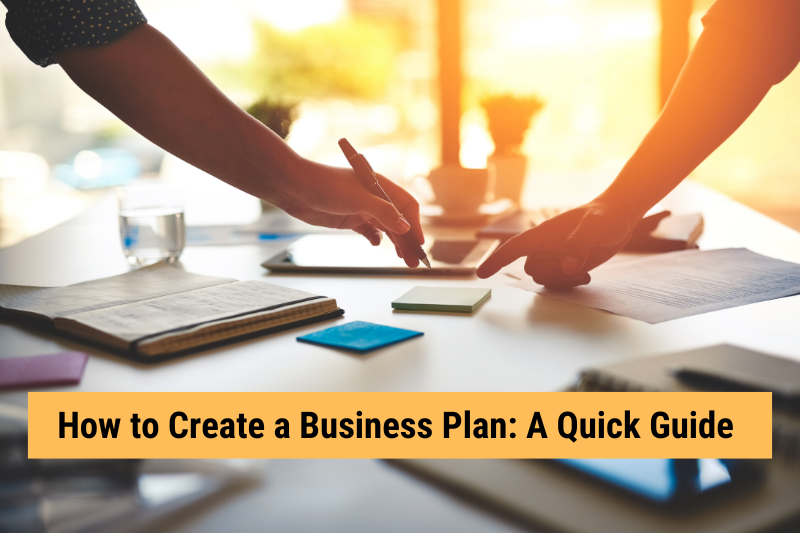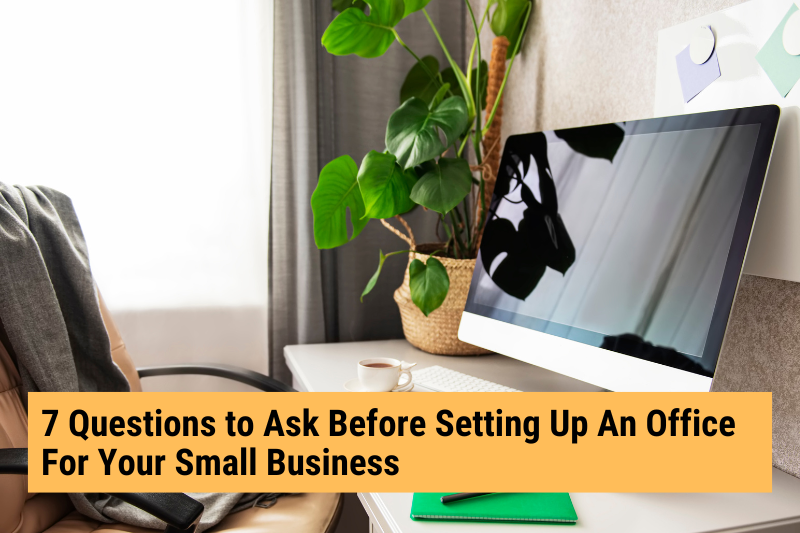Every salesperson starts their skill development journey with the most basic sales skill: cold calling. However, for a newbie, picking up the phone and calling a bunch of prospects can be very daunting. And even experienced salespeople don’t always achieve the success they hoped for with cold calling.
So what can be done?
Is there a process that salespeople can follow to improve their cold calling and get better results?
Yes there is!
By understanding the essential components of a (successful) cold call and by following the process given below, you can convert more calls into sales.
Let’s get started!
Step 1. Nail your introduction
You only ever get one chance to make a first impression on someone, which is what makes it so difficult to do. This is true even with cold calls. In fact, it is more difficult to make a good impression on a cold call because in this case, you can’t rely on your appearance, clothes or any other kind of ‘visual’ cue.
And that’s why you have to make a good impression – with your introduction. Because if you start strong, chances are that you will nail the rest of your call as well.
Start with a polite introduction about yourself and your company: “Hello (Insert contact name). I am (insert your name), calling from (insert company name)”. Thenask if you can take a few moments of their time. Wait for their confirmation before you dive into your pitch. You can also ask a brief question that could lead naturally into your pitch, for e.g., “Do you recall receiving an email from me about…?”
Useful tips
- Remain courteous, even if the person on the other end is short or even rude
- Don’t overwhelm the prospect with too much information at the outset. Short and sweet is usually the best strategy
- If the person is the wrong contact, ask questions to lead you towards the right person
Step 2. Pitch quick, pitch right
After your introduction, it’s critical to make a quick pitch about your product or service. This is where you explain to the prospect why you’re contacting them.
But quick does not mean sloppy or careless! The best pitches are those that are quick as well as concise, clear and persuasive.
Also, successful pitches, i.e. pitches that lead to a positive outcome (for you) are those that focus on the customer’s pain point, not on your goals. If you can find a way to convince the customer that your product or service will make their life easier, your pitch will be successful.
Example
“I wanted to have a discussion with you about how we are helping businesses in the Pharmaceutical industry plan their digital transformation journeys with the help of AI-powered software. With an individual account manager assigned to each account, we empower firms just like yours implement cost-effective AI software that can speed up their automation and help them save up to 40% on their workforce-related costs.”
Useful tips
- Provide a clear reason for your call
- Make it about them, not you
- Don’t ramble. Stick to the point
Step 3. Don’t just TELL: ASK!
Most prospects and customers are used to people telling them how to do things versus someone asking them about things. If the person you’re calling falls in the former camp, you may be able to convert a cold call into a sale pretty quickly. But if they’re not, they will be annoyed by your tendency to tell rather than ask. This means you will struggle to convince them why your product or service is the best thing for them and their company.
That’s why it’s crucial to ask qualifying questions. This will not only help you understand your prospect better, it will also tell them that you’re not a self-centred know-it-all but someone who is genuinely interested in helping them solve a critical business problem. This is a powerful way to bring them on your side of the deal table.
Examples
- “What business problem are you looking to fix right now? Why, and why now?”
- “What solution, if any, have you explored in the past? Why do you think it didn’t work?”
- “What is your company’s long-term vision with respect to this problem and a possible solution?”
Useful tips
- Make sure your tone reflects curiosity and not boredom
- Make the questions relevant: to the prospect, to their issue and to your solution
- After asking a question, give them space and time to talk. You don’t have to let them ramble on forever, but you also shouldn’t constantly interrupt them. And definitely don’t make them make foolish for expressing doubts
Step 4. Be prepared to get objections. And be prepared to respond to their objections!
Objections from the prospect are to be expected, no matter what you’re selling or how you good a salesperson you are (or think you are). If you’re lucky, you will only get objections and not rude comments or worse, swearing!
Nonetheless, overcoming these objections is a key aspect of cold calling, because it can make or break the call.
Common objections almost every salesperson gets at one time or another:
- “I first need to talk to my boss/department head/HR executive.”
- “Your solution is too expensive. We’re looking for something cheaper.”
- “I can’t make a decision now. Send me some information first and I’ll get back to you.”
Here’s how to respond to each type:
- “I understand. But since your challenge requires a quick solution, perhaps I can talk to your boss/department head/HR executive and speed up the decision-making process? What do you think?”
- “I can understand why you might feel that way. But think of all the features and functionalities that are included in our solution. If you’re still concerned about the price, perhaps we can discuss it further and negotiate a price that suits us both. When would be a good time for such a discussion?”
- “Sure, I would be happy to! To make sure I send what you’re looking for, may I ask what piqued your interest the most?”
When people make objections, it’s not always because they’re uninterested in the solution. Often, they try to put off a cold caller simply because they’re too busy. If you remain respectful without being pushy, chances are you will still get their business.
Step 5. Know the benefits of what you’re trying to sell – like the back of your hand!
If you yourself don’t know what you’re selling or why it’s such an awesome investment for your prospect, you will never be able to convince them to buy it.
Explain your product’s benefits to show the prospect why it is a good fit for their organisation. Here, it’s important to keep a good balance between explaining and pushing. As before, keep the focus on them – why they should buy the product, and how it can help their company solve X challenge or achieve Y goal.
Example
“Sir, you mentioned earlier that your existing CRM is not user-friendly. This probably means that you’re spending quite a lot of time and money on user-training, right? With our intuitive yet powerful next-generation solution, you can have all the benefits of your current CRM plus you will save a lot of money on training.”
Useful tips
- Actively listen to what your prospect says about their challenges, note them down and link them back to your benefits
- Don’t jump into talking about benefits straightaway. Let your prospect get to know you first (that’s why this is Step 5, not Step 1!)
- But also don’t leave this part until the end of the call when your prospect is already distracted and ready to move on to other things in their busy day
Step 6. Close strong
Each of the above steps should lead into a natural conclusion/closing. A strong close is one that garners the best possible result for you. A sale (conversion) is probably up there among the best. If this doesn’t happen but the prospect is still open to another discussion, that can be good too.
Ideally, when you close the cold call, you should get some kind of ‘action commitment’ from the prospect. Make sure you assign a timeline to that commitment, otherwise it will never happen.
Examples
“Sure Sir, I understand you need to get the CFO’s approval first. How about you talk to the CFO and I call you back on X day so we can close this deal? In the meanwhile, I will get the ball rolling at my end as well. Does that work for you?”
“I appreciate your custom Madam. So when should I send my network engineer to set up the system on your premises? We are available Monday to Saturday at a time of your choosing.”
“I would be happy to give you a live demo Sir. How about we set it up for the 13th of this month – that’s 2 weeks from now – at your offices?”
Putting it all together
Making multiple cold calls seems to be a skill that comes very easily to some people, while others struggle to get through even one.
If you follow the 6-step recipe in this guide, you will see immediate improvement in your cold calling skills and results.
Ready?
Pick up the phone, dial the number and get going!












0 Comments